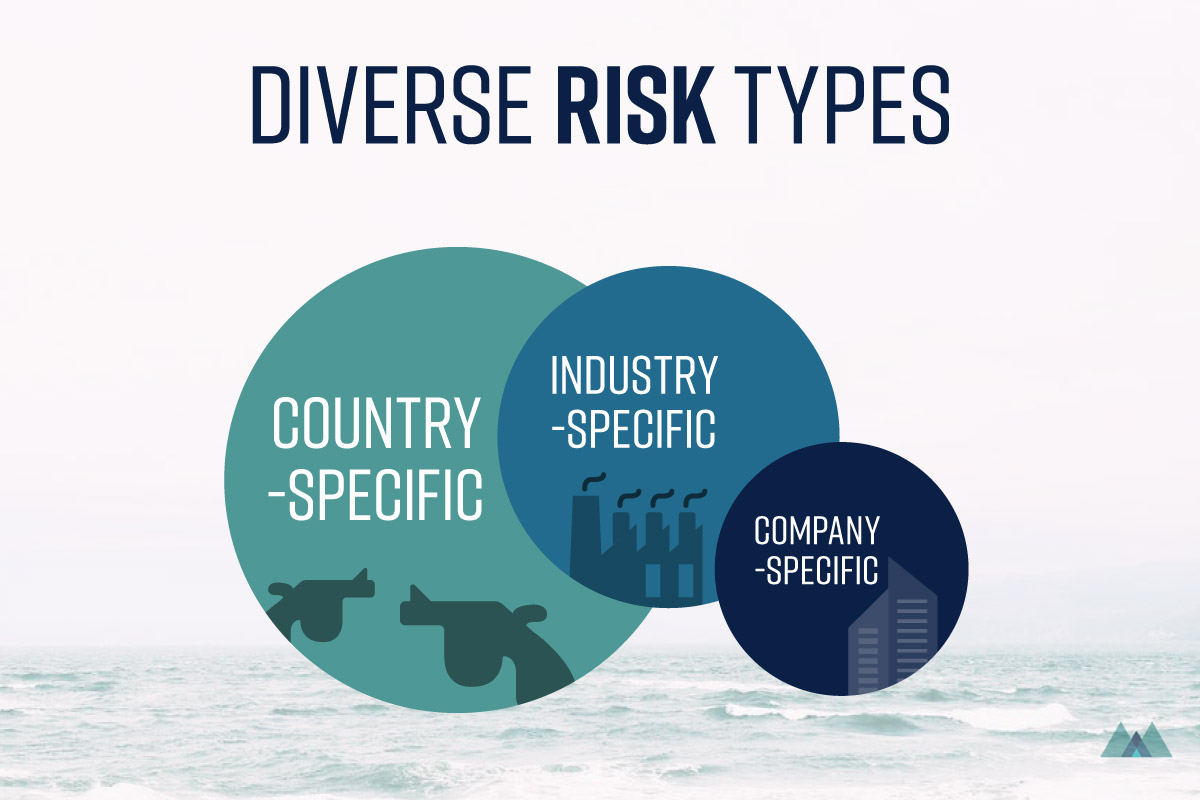Risk Is Unavoidable
Stock markets constantly fluctuate, and there are many risk types. Investors worry about market crashes and lenders are concerned with bankruptcies. But not all risks last forever, so they shouldn’t scare you away from investing long term (10 years+).
The chance of losing money on investments is inherent in a variety of risks, most of which can’t be controlled. Elements outside of our control are natural disasters, election results, or a corporation’s performance. Thus, the recommendation is diversification. Instead of taking 100 shares in one company’s stock, take 1 share in 100 different companies to reduce risk.
Financial experts all try to guess what the most plausible future risks will be. Checking credit ratings can be a good way to check how safe an investment will be:
- Morningstar or other investment research companies provide their own risk ratings for companies or for financial products.
- Standard & Poor's (S&P), Moody’s, and Fitch Ratings are well-known credit rating agencies that evaluate the worthiness of an institution, company or debt instrument based on forecasts of the performance as well as other conditions.
Understand Types of Risk
- Country-specific risks: similar financial products in different countries can have varying levels of risks due to geological, political, and economic factors.
When a political environment is unstable (e.g. war), the risks to the local financial products are higher. If a country is experiencing financial struggles, the companies in this country become riskier to invest in. - Industry-specific risks: similar financial products in the same country or region, but in different industries can have varying levels of risks.
Heavy regulations on an industry, e.g. stronger environmental laws, would have an impact on the financial products of the related industry. If the weather is in favor of growing grapes for the year, the wine industry should see some growth that year - Company-specific risks: different companies can also have very different levels of risk. Negative news exposure may increase the risk of a company.
A company that experiences an unexpected strike or a big scandal among the owners may increase its risk.

Time's up

